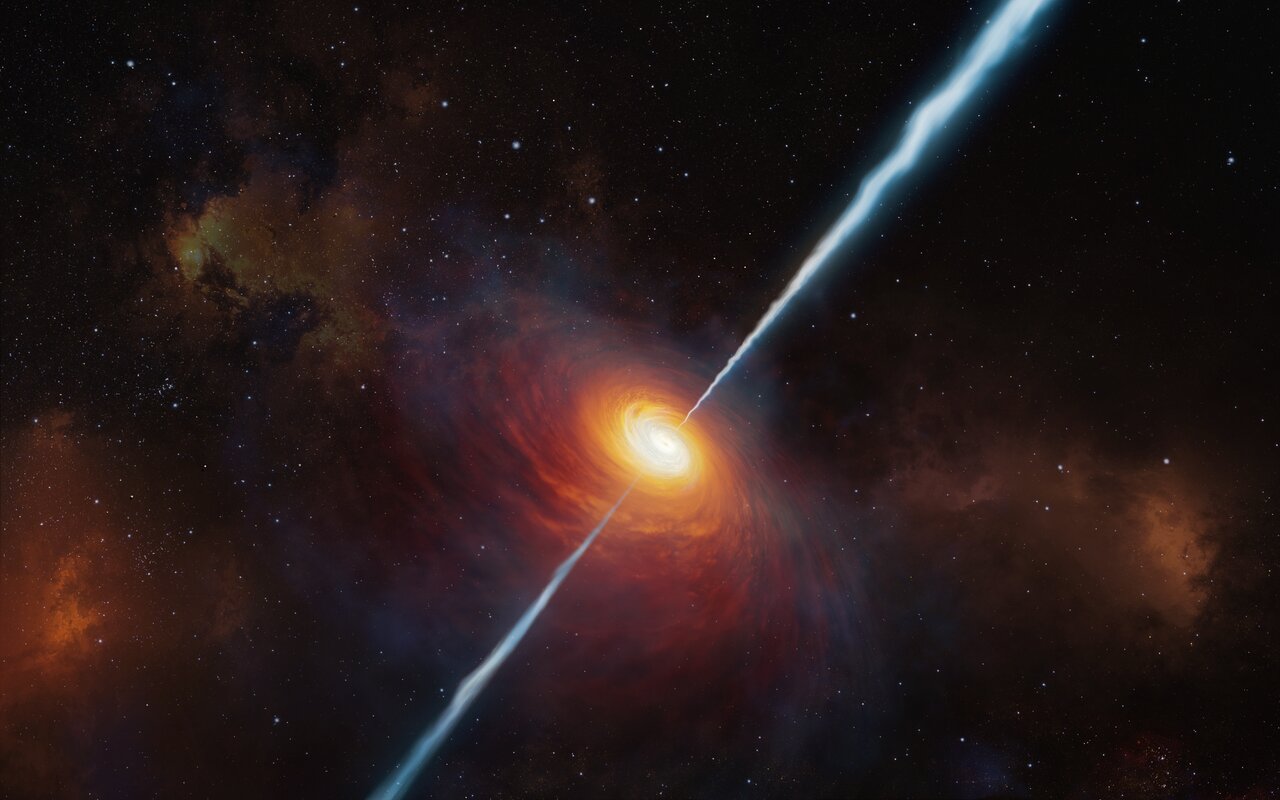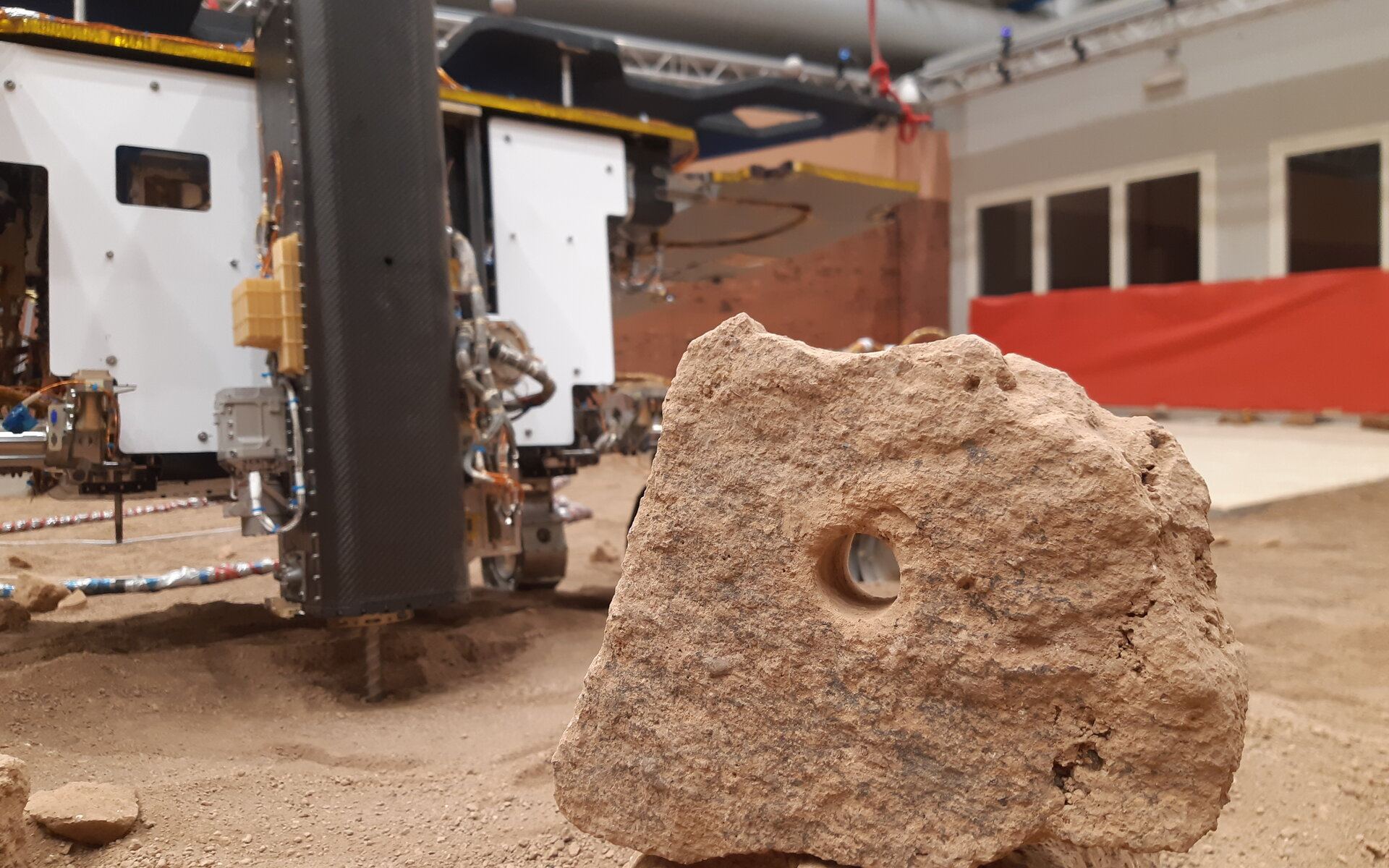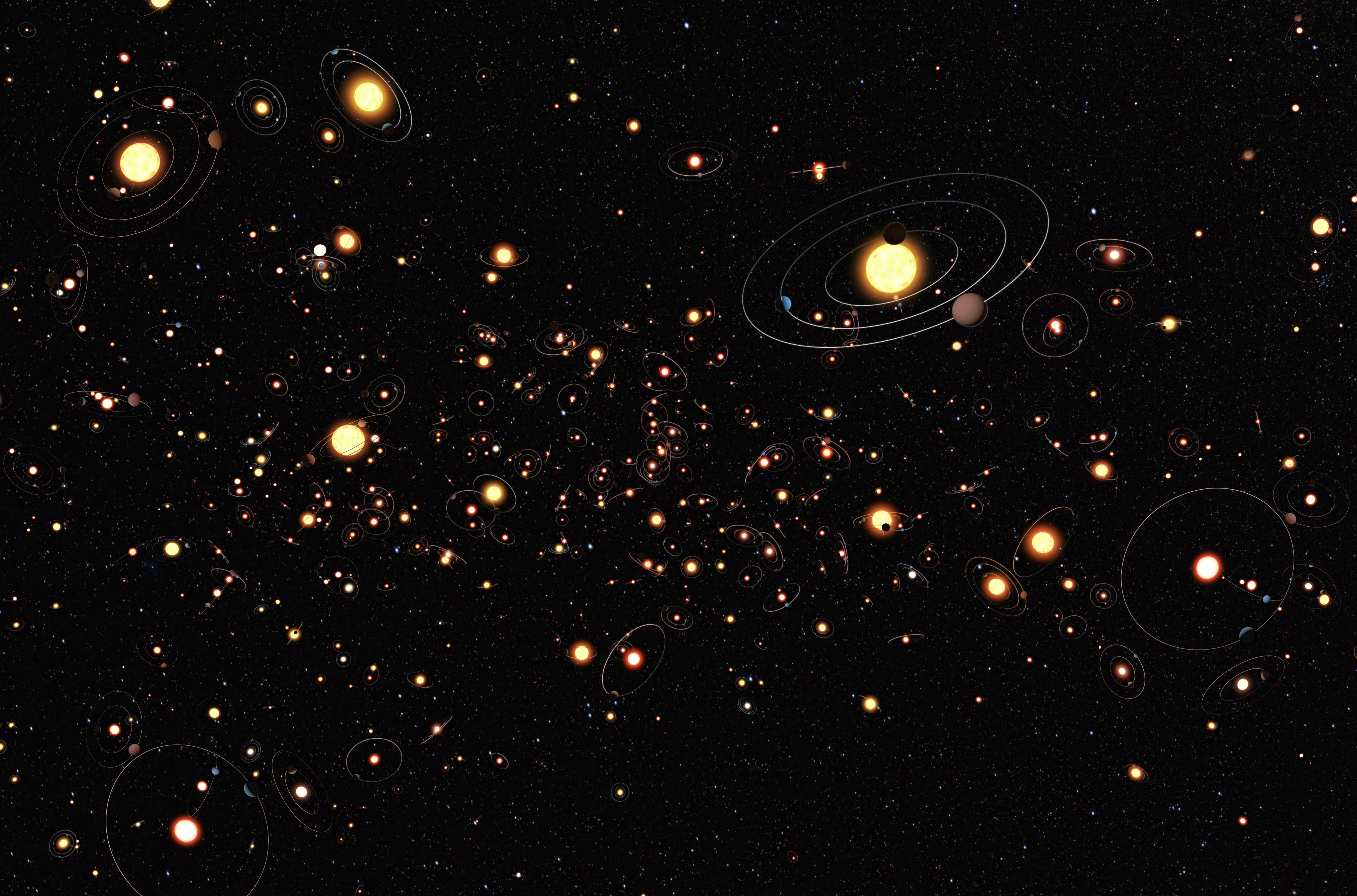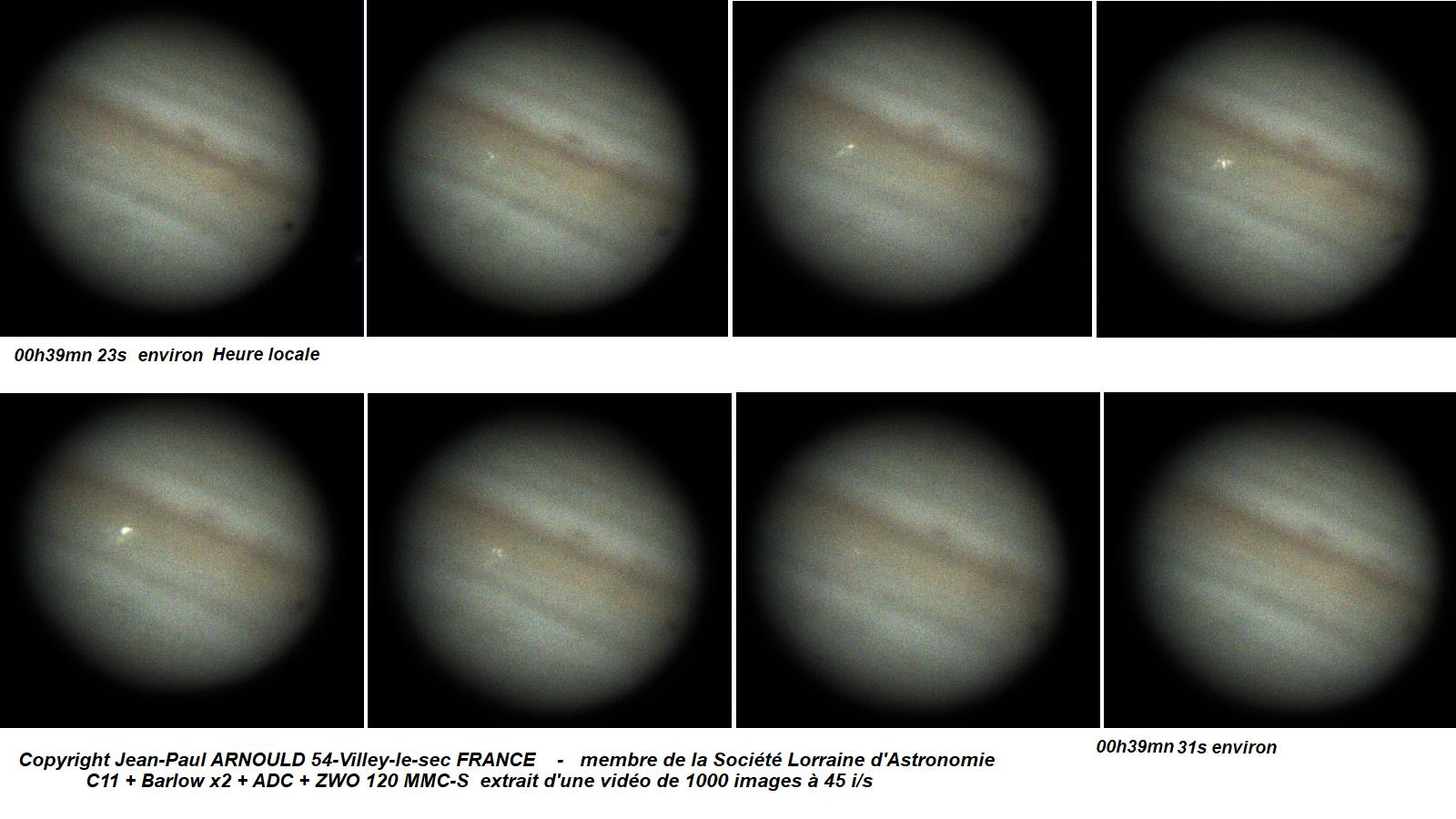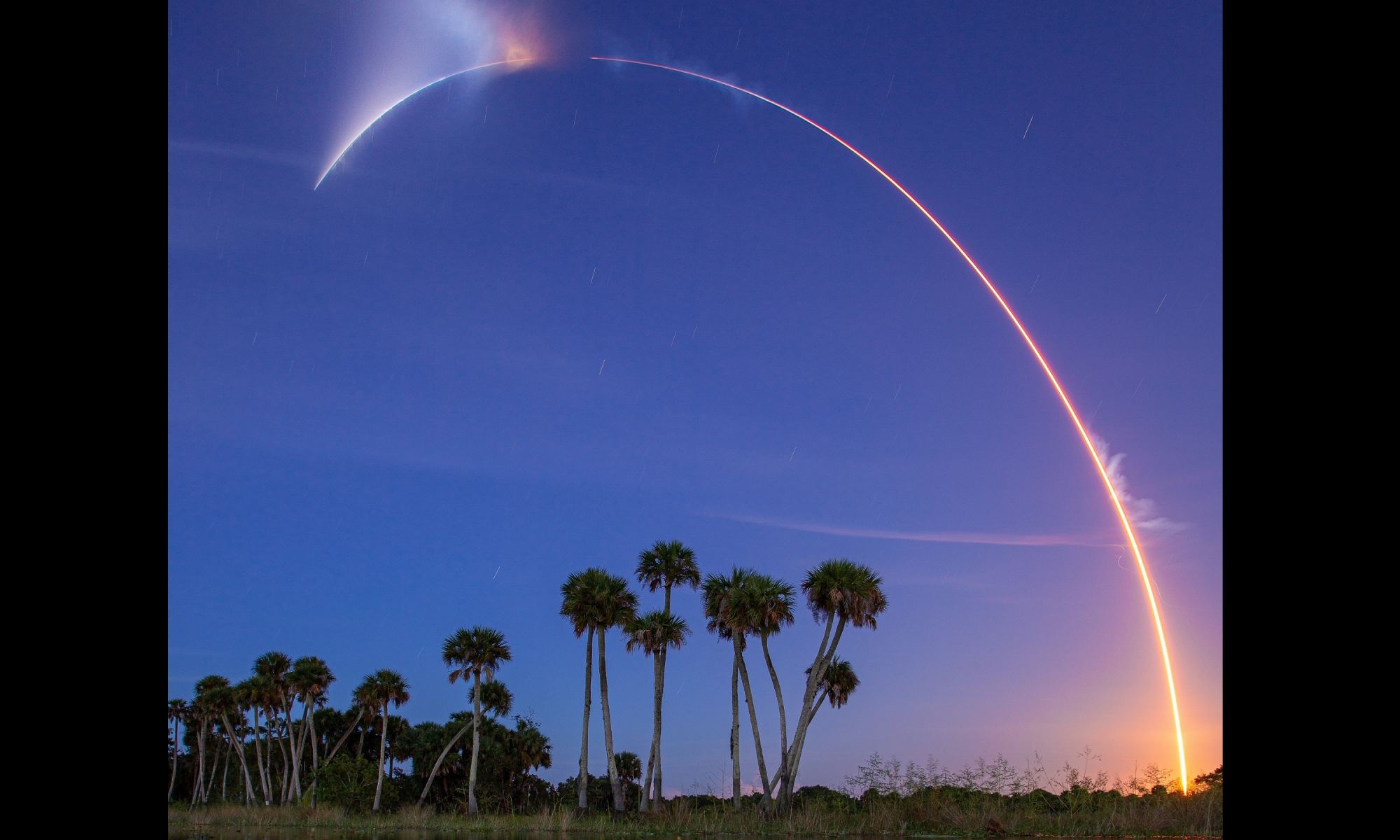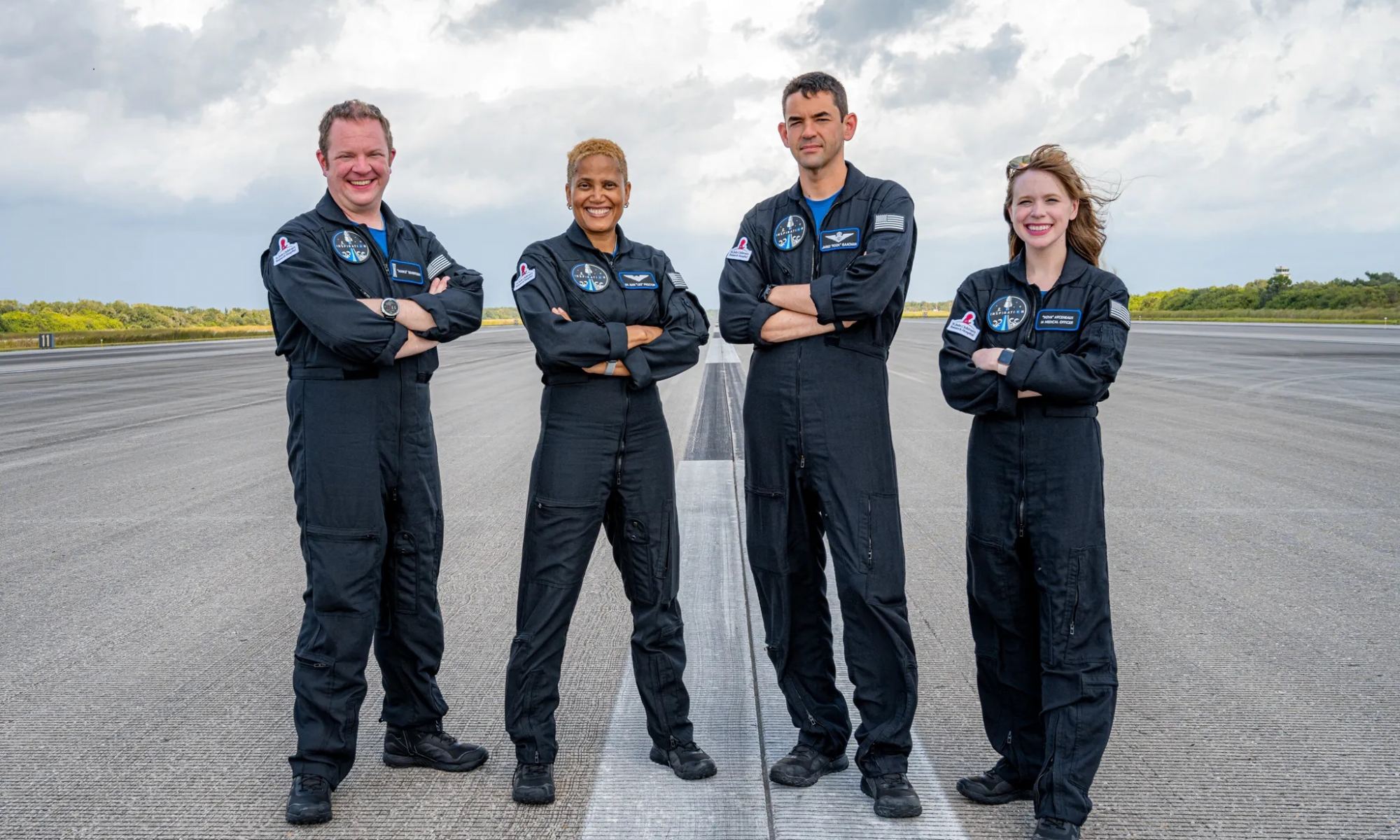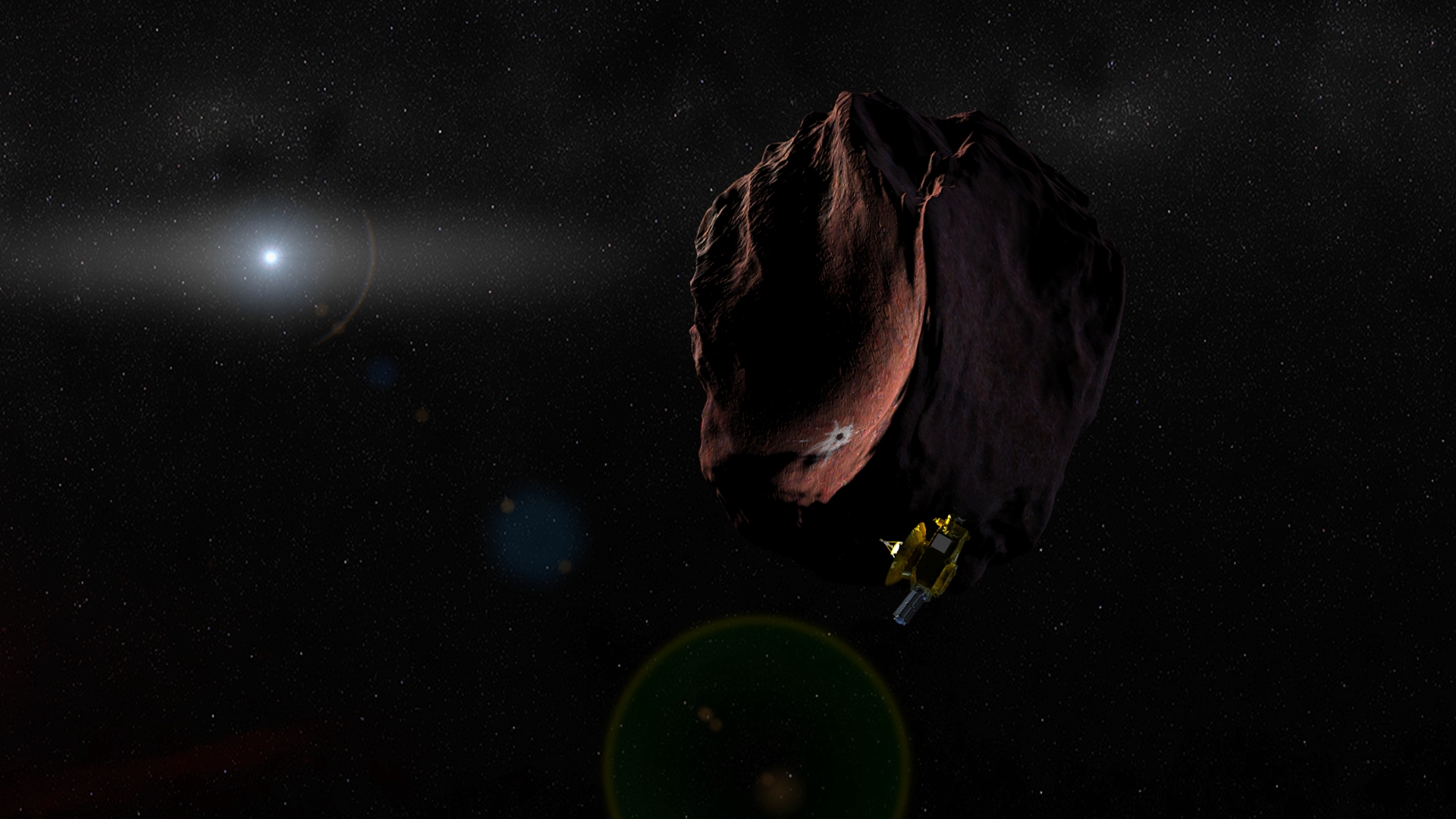According to the Union of Concerned Scientists (UCS), over 4,000 operational satellites are currently in orbit around Earth. According to some estimates, this number is expected to reach as high as 100,000 by the end of this decade, including telecommunication, internet, research, navigation, and Earth Observation satellites. As part of the “commercialization” of Low Earth Orbit (LEO) anticipated in this century, the presence of so many satellites will create new opportunities (as well as hazards).
The presence of these satellites will require a great deal of mitigation (to prevent collisions), servicing, and maintenance. For example, the San Francisco-based startup Orbit Fab is working to create all the necessary technology for orbital refueling services for satellites. To help realize this goal, industry giant Lockheed Martin recently announced that they are investing in Orbit Fab’s “Gas Stations in Space™” refueling technology.
Continue reading “There’s Now a Gas Station… In Space!”

